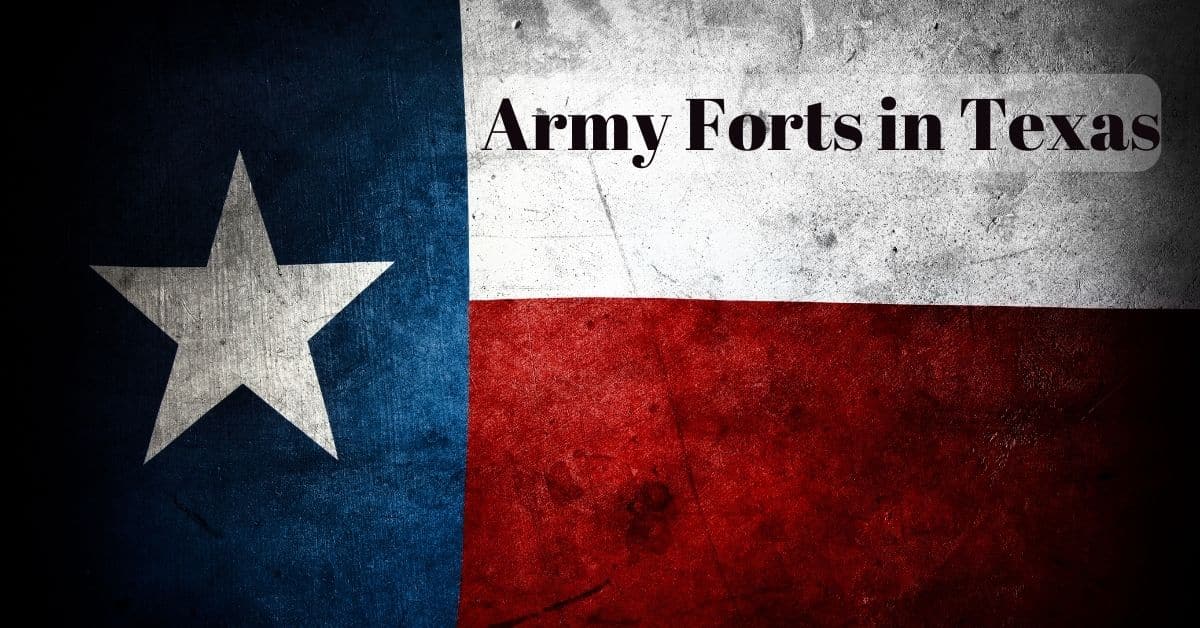Texas has many military installations, including several Army bases with rich histories and significant roles in the United States’ defense operations.
These bases, which vary in size and mission, have been vital throughout American history, including World War 1, World War 2, and the Spanish-American War.
Nine active Army bases are spread throughout the state, including Fort Hood in Killeen and Martindale Army Air Field in San Antonio.
Fort Hood, one of the world’s largest and most diverse military bases, spans 335 square miles and houses many units and military divisions, including the 1st Cavalry Division and 3rd Armored Cavalry Regiment.
Martindale Army Air Field, on the other hand, is a crucial Texas Army National Guard airfield located just 10 miles from the city center of San Antonio.
From their strategic locations to their diverse roles and missions, the Army forts in Texas remain essential to the United States military operations, making them an exciting and vital topic of discussion.
History of Army Forts in Texas
Throughout the years, Texas has been home to numerous army forts critical in securing and defending the nation’s borders. These forts have had their fair share of history, from the early Spanish and Mexican periods to the Indian Wars and World War II.
Early Spanish and Mexican Period

Before the current state of Texas was formed, the region was under Spanish and Mexican control. Military posts were established to maintain order and protect settlements from hostile native tribes.
The Texas Rangers, an early law enforcement group, played a significant role in this period, monitoring the western frontier and conducting defensive operations.
Texas Revolution and Republic

During the Texas Revolution and the subsequent formation of the Republic of Texas, forts and military posts continued to be vital in protecting the new nation.
With the annexation of Texas as the 28th state, the United States Army became responsible for defending the region, establishing a series of military forts within its borders.
Mexican-American War and Statehood
As hostilities between the US and Mexico intensified, Texas saw the establishment of several forts, such as Fort Martin Scott, which played significant roles in protecting strategic locations like the Rio Grande.
Forts also functioned as bases for troops advancing into Mexico during the Mexican-American War. After the conflict, Texas became an important military area as it developed into a state within the United States.
Civil War Era
When the Civil War began, many Texas forts garrisoned by the US Army were abandoned or surrendered. Some were re-garrisoned by local Texas forces to maintain defenses against Indian incursions, while others served as training and recruiting centers for the Confederate Army.
Fort Hood, named after General John Bell Hood, was established as a crucial Confederate base during this time.
Indian Wars Period
Following the end of the Civil War, a series of forts was built to protect settlers from Indian raids and support the westward expansion in Texas. Fort McKavett, for example, served as an infantry outpost responsible for patrolling the frontier roads and safeguarding travelers.
This period saw the construction of many forts in West Texas, including Fort Davis, Fort Richardson, Fort Griffin, Fort Mason, Fort Lancaster, and Fort Phantom Hill, among others.
These historical forts in Texas have impacted its history, shaping its growth and development through times of conflict and change.
Today, visitors can tour several preserved historical sites and learn more about the rich past of Lone Star State’s military installations.
Major Army Forts in Texas
Fort Bliss
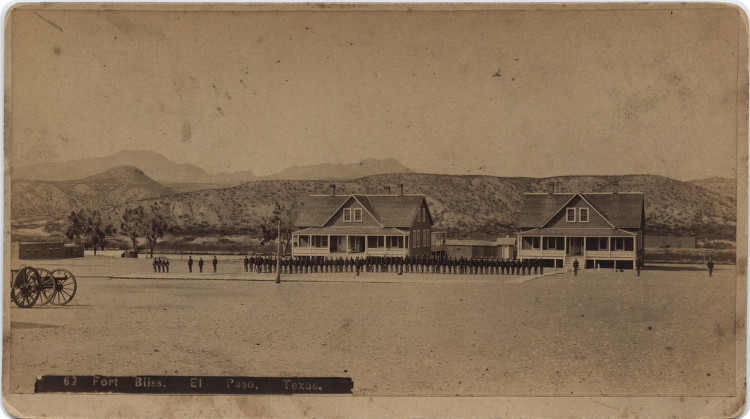
Fort Bliss is located in El Paso, Texas. The fort was established in 1849 and named after Lieutenant Colonel William Bliss, a mathematics professor and the son-in-law of President Zachary Taylor.
Fort Bliss is one of the largest military installations in the world, covering an area of about 1,700 square miles. A large portion of the post is located in New Mexico. It is the largest installation in the United States Army Forces Command and the second-largest in the US Army overall.
Since its establishment, Fort Bliss has played a significant role in the defense of the United States and has been involved in many critical military operations.
During World War II, Fort Bliss was a significant training center for anti-aircraft artillery and served as a prisoner-of-war camp.
In the 1950s, the post became the home of the US Army Air Defense Center and played a critical role in developing missile defense systems during the Cold War.
Fort Bliss Today
Today, Fort Bliss is home to the 1st Armored Division and the 32nd Army Air and Missile Defense Command, among other units.
The fort is also an important training center for soldiers preparing for deployment. It is equipped with state-of-the-art facilities to prepare soldiers for the challenges they may face in combat.
In addition to its military operations, Fort Bliss also contributes significantly to the local economy in El Paso, with retired service people and their dependents numbering in the thousands and the fort contributing over $500 million annually to the local economy.
Fort Hood
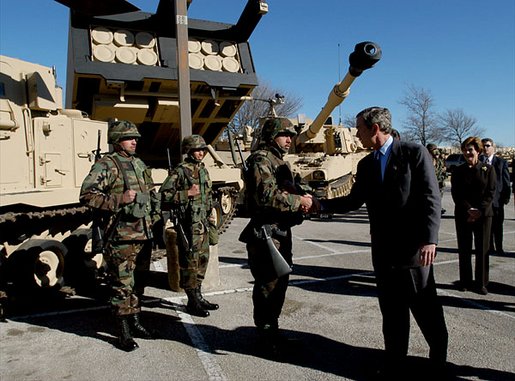
Fort Hood is located between Austin and Waco in Bell County, Texas. It covers an area of approximately 214,000 acres, making it one of the largest military installations in the world.
Fort Hood is home to the 1st Cavalry Division, a ground combat-ready force capable of deploying rapidly to any location in the world. The division has a long and storied history, having been involved in many important military operations.
In addition to its role as a ground combat-ready force, Fort Hood also operates as a helicopter training center.
The fort has state-of-the-art facilities that allow soldiers to train in various scenarios, including air assault operations, medical evacuations, and reconnaissance missions.
The post is also home to the 3rd Cavalry Regiment, a light armored reconnaissance unit capable of conducting a wide range of missions.
Economic Impact of Fort Hood
Fort Hood significantly impacts the Texas economy, contributing an estimated $28.9 billion annually to the state’s economy. It employs thousands of people, both military and civilian, and provides a significant boost to the local economy in Bell County.
Fort Hood also supports several local businesses, including restaurants, hotels, and retail stores, which benefit from the presence of the military personnel stationed at Fort Hood.
Civil War
Fort Hood was named in honor of General John Bell Hood, a Confederate commander during the Civil War. Hood was known for his bravery and leadership on the battlefield, and he gained a reputation as one of the most influential commanders in the Confederate Army.
Although he was ultimately unsuccessful in his efforts to defend the Confederacy, his legacy lives on at Fort Hood, which is named in his honor.
Fort Sam Houston
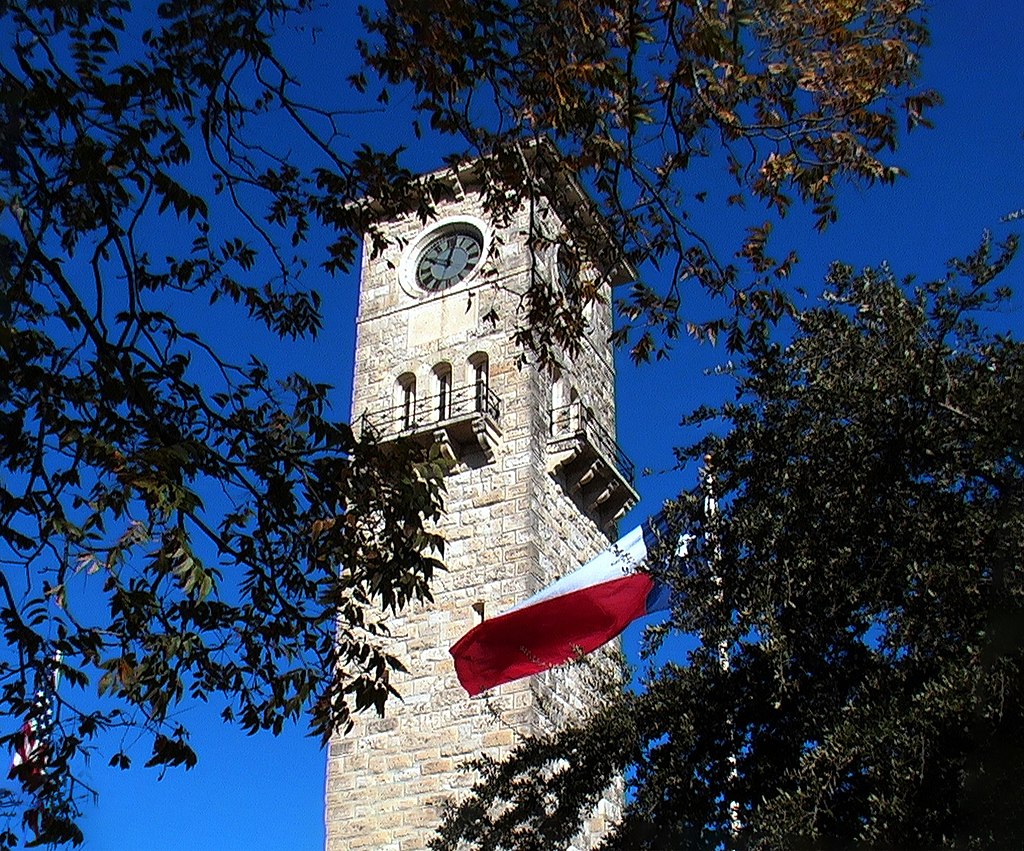
Fort Sam Houston is a major military installation located in the northeast section of San Antonio, Texas. Originally established as a supply depot in October 1845, it has since grown to become one of the most important military installations in the United States.
The Fort Sam Houston Quadrangle, built by George Henry Griebel, is the oldest structure at Fort Sam Houston, and it was initially a supply depot.
It housed the Apache war chief Geronimo and the warriors captured with him during that time. The Federal government decided whether to treat them as prisoners of war or common criminals.
Fort Sam Houston was formally named for Gen. Sam Houston, the hero of the battle of San Jacinto and the first president of the Republic of Texas in 1890. It is unique among Army posts.
On the one hand, it is a major, active military installation that plays a vital role in the nation’s defense. On the other hand, it is a historic site home to a very large collection of fine historic buildings and more.
The Madison Historic District, located within the Fort Sam Houston installation, illustrates nearly every period of the community’s development from the first quarter of the 19th century to 1939.
Fort Sam Houston Today
Today, Fort Sam Houston is a thriving military community home to various units and organizations, including the U.S. Army Medical Department Center and School, the U.S. Army Medical Command, and the U.S. Army Medical Research and Development Command.
It is also the headquarters of the U.S. Army North, which is responsible for homeland defense efforts in the United States. Fort Sam Houston remains a vital part of Texas and the nation with its rich history and continued importance to the U.S. military.
Fort Concho

Fort Concho is a historic landmark located in San Angelo, Texas. It was built by the United States Army in 1867 to establish law and order as settlers began to move in after the Civil War.
The fort is one of the best-preserved examples of military installations built by the US Army in Texas and is considered an important part of the state’s history.
Constructed mostly of native limestone, Fort Concho consisted of at least forty buildings and covered more than 1600 acres. It served as regimental headquarters for some of the most famous frontier units like the 4th and 10th Cavalry.
Fort Concho was named a National Historic Landmark on July 4, 1961. The Fort Concho Historic District covers the fort’s original 40-acre grounds and 23 buildings, some of which are the oldest in San Angelo.
The fort was abandoned as an active military post in 1889, and in 1905, C. A. Broome formed the Fort Concho Realty Company and parceled off lots in his Fort Concho addition to San Angelo.
Fort Concho Today
Today, Fort Concho is open to the public and offers a glimpse into life on the frontier in the late 19th century.
Visitors to Fort Concho can explore the fort’s original buildings, including barracks, officer’s quarters, and a hospital. The fort also has a museum that displays artifacts and exhibits related to the fort’s history.
One interesting fact about Fort Concho is that it is said to be haunted by the ghost of Second Sergeant Cunningham, who was the only soldier to ever die at the fort.
Cunningham, a chronic alcoholic, died of liver disease, and his ghost is said to oppose females in the building. Overall, Fort Concho is a fascinating piece of Texas history that is well worth a visit.
Fort Davis
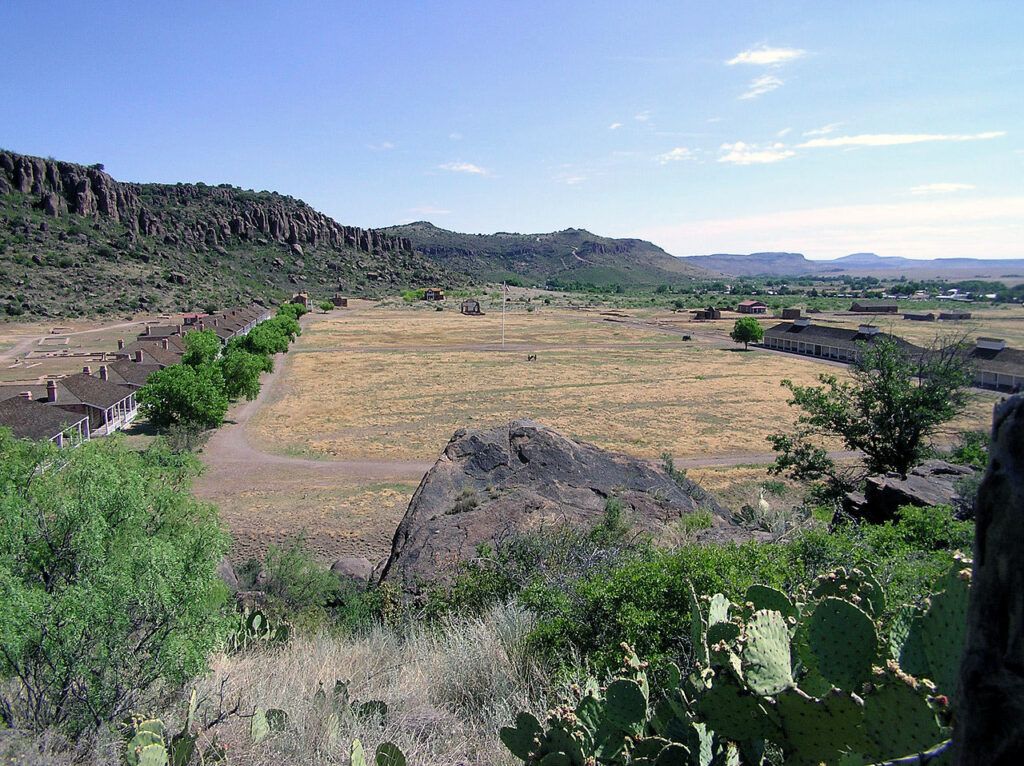
Fort Davis is a historic site in the Davis Mountains of West Texas. It was established in 1961 to protect one of the best remaining examples of a United States Army fort in the southwestern United States.
The fort was strategically located from 1854 to 1891 to protect emigrants, mail coaches, and freight wagons on the Trans-Pecos portion of the San Antonio-El Paso Road and the Chihuahua Trail.
Fort Davis played a significant role in the history of the United States, particularly in the Indian Wars. It was home to the Buffalo Soldiers, African American soldiers who served in the United States Army from 1866 to 1891.
The soldiers were tasked with protecting settlers and travelers in the area, maintaining order, and enforcing laws. Today, visitors can learn about the fort’s history and the Buffalo Soldiers through exhibits, guided tours, and living history programs.
In addition to the historic site, the surrounding area offers numerous outdoor recreation opportunities. Visitors can hike or bike in the nearby Davis Mountains State Park, which features 11 miles of equestrian trails and six equestrian campsites.
The area is also known for its stargazing opportunities, as it is home to the McDonald Observatory. Fort Davis is a must-visit destination for history buffs, outdoor enthusiasts, and anyone interested in West Texas’s unique culture and history.
Fort McIntosh

Fort McIntosh was a U.S. Army base located in Laredo, Webb County, Texas. It was established on March 3rd, 1849, by the 1st US Infantry, under the command of Lt. E.L. Viele, to guard the Texas frontier at the site of a strategic river crossing.
The fort was originally named Camp Crawford but was renamed Fort McIntosh in 1850 in honor of Lieutenant Colonel James Simmons McIntosh, a prominent figure in the Mexican-American War.
The fort was used to police the international boundary and defend settlers from hostile Apache and Comanche Indians.
American occupation of the former Spanish presidio dates from the arrival in November 1846 of Capt. Mirabeau B. Lamar, former president of the Republic of Texas, with the Laredo Guard of the Texas Volunteers.
Fort McIntosh was abandoned after World War II, but its history has been preserved through various sources, including the Handbook of Texas and Legends of America.
Today, the site of the fort is a historic park that features a museum, a replica of the original fort, and various exhibits that showcase the region’s history.
The fort played a significant role in the history of Texas, serving as a strategic military post during a time of great change and conflict in the region. Its legacy continues to be celebrated today, and it remains an integral part of the history of Laredo and the state of Texas.
Role of Army Forts in Texas Today
Military Presence and Training
Texas is the proud home of numerous army forts and military installations, supporting various branches within the US Army.
Notable bases, such as Fort Hood and Fort Bliss, serve as crucial training grounds for soldiers and basic house units like the 1st Cavalry Division and the 32nd Army Air and Missile Defense Command.
These installations cater to training and deployment preparations and contribute to national security efforts.
El Paso, the location of Fort Bliss, has been of strategic importance since the days of the Texas Rangers when protecting the Rio Grande was their primary concern.
Similarly, Fort Sam Houston in San Antonio has become a significant hub for military training and operations, accommodating the Brooke Army Medical Center and Fort Martin, among other installations.
Economic Impact
The presence of these military installations has a substantial economic influence on Texas. The total economic impact of active-duty military installations in Texas was estimated to be over $100 billion in recent years.
Army forts establish employment opportunities for military personnel and civilians and support local business development, indirectly bolstering regional economies.
The growth of cities like San Antonio and El Paso can be attributed to the continuous military presence in these areas.
This blend of military and civilian spheres highlights the interdependence between local communities and the military bases within the Lone Star State.
Preservation Efforts
Within Texas, numerous efforts have been made to preserve the historical significance of military installations such as Fort McKavett, Fort Richardson, Fort Griffin, and Fort Mason, which played significant roles during the Civil War, the Indian Wars, and World War II.
These sites have transitioned into popular attractions, offering guided tours and immersive experiences to educate visitors on Texas’ military history.
Initiatives have been undertaken to restore and maintain the original structures of these forts, transforming them into historical sites and museums.
These preservation efforts have not only created an avenue to explore the rich past of the frontier but have also served as reminders of the sacrifices made by the military throughout Texas’ history.
Visiting Texas Army Forts

Visiting various army forts in Texas is an exciting way to explore the rich military history of the Lone Star State. From Fort Hood to Fort Bliss, these military installations have played significant roles in developing the United States Army and the state of Texas. I
n this section, you will find information on fort tours, visitor centers and museums, events and reenactments, and guidelines and regulations for visiting these historical sites.
Fort Tours
Many Texas forts, such as Fort McKavett and Fort Richardson, offer self-guided tours that allow visitors to explore the history and significance of these military posts at their own pace.
Some forts, like Fort Martin Scott and Fort Davis, are part of more significant historical sites. Visitors can see the surrounding West Texas landscape and its role in developing the frontier.
Visitor Centers and Museums
Several forts have visitor centers and museums providing more in-depth information about the fort’s history and contributions to the US Army.
For example, Fort Sam Houston in San Antonio, home to the Brooke Army Medical Center, has an onsite museum that showcases the fort’s history as a training ground for both World War II and Vietnam War soldiers.
Events and Reenactments
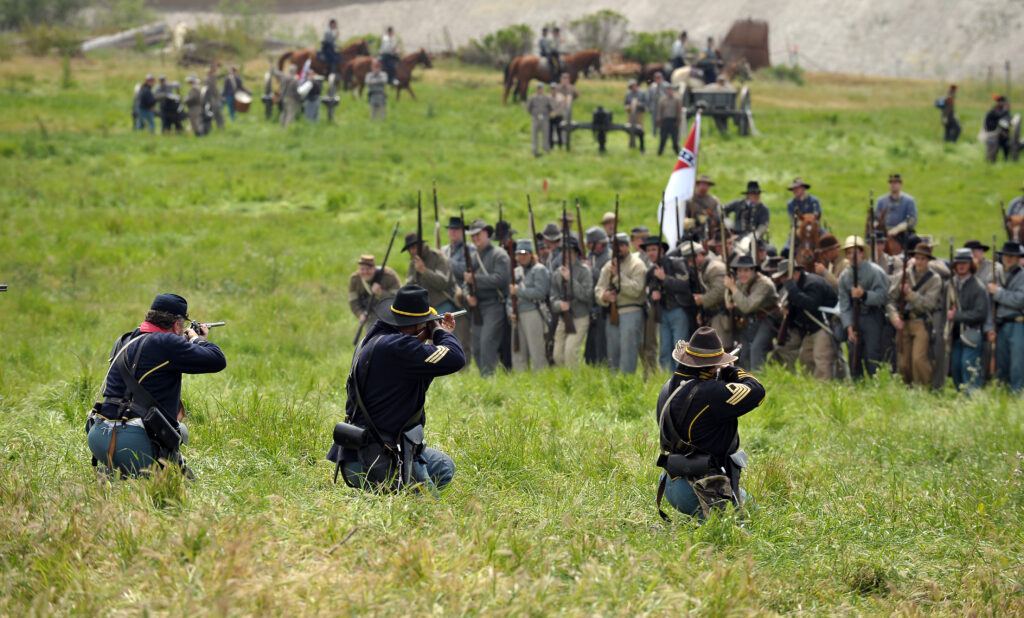
Many Texas forts host events and reenactments throughout the year that bring the past to life. Civil War reenactments and living history events can be found at Fort Griffin and Fort Mason.
At the same time, military installations like Fort Hood and Fort Bliss celebrate their heritage and ties to the local community during events like Armed Forces Day.
Guidelines and Regulations
When visiting these historical sites, adhering to the guidelines and regulations established for each location is vital. Active duty military posts like Fort Hood and Lackland Air Force Base may have additional access and security requirements.
Always verify the specific base rules before visiting to ensure a safe and enjoyable experience.
Conclusion – Army Forts in Texas
In conclusion, visiting the various army forts in Texas is a fascinating way to learn about the state’s history, natural landscapes, and the impact of the United States Army on its development.
Make the most of your visit by participating in tours, exploring museums, attending events, and following the guidelines and regulations at each location.

Cory is a website owner and content creator who enjoys fishing, history, coin collecting, and sports, among other hobbies. He is a husband and father of four.
Romans 15:4 For whatever was written in former days was written for our instruction, that through endurance and through the encouragement of the Scriptures we might have hope.

